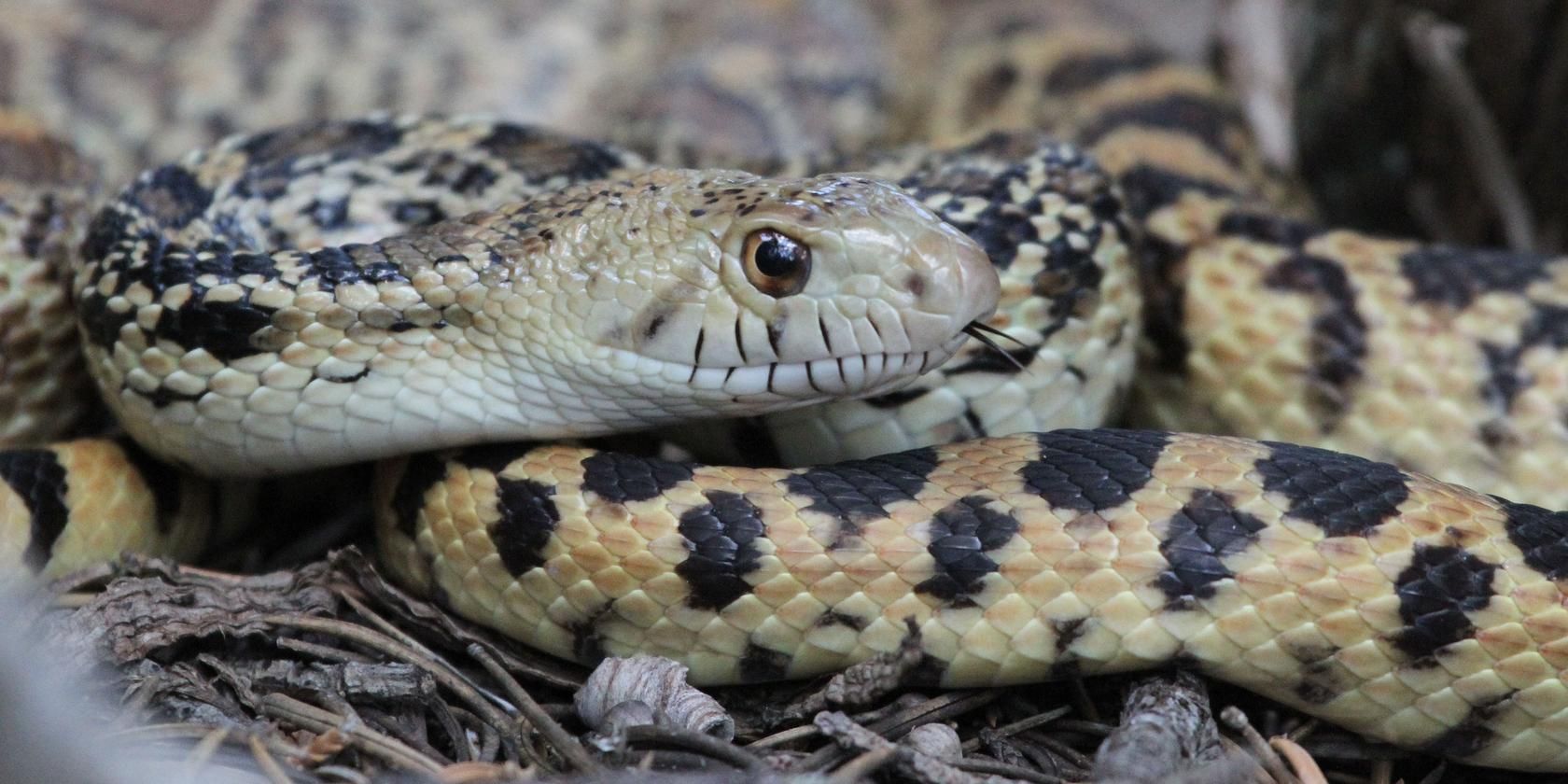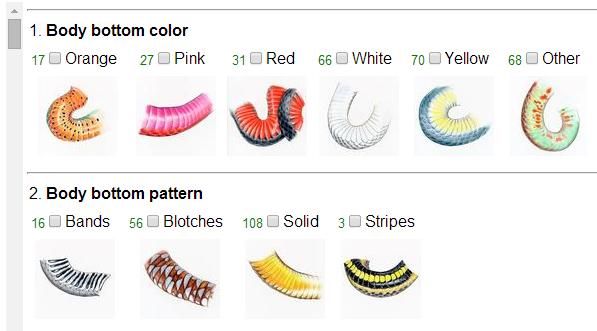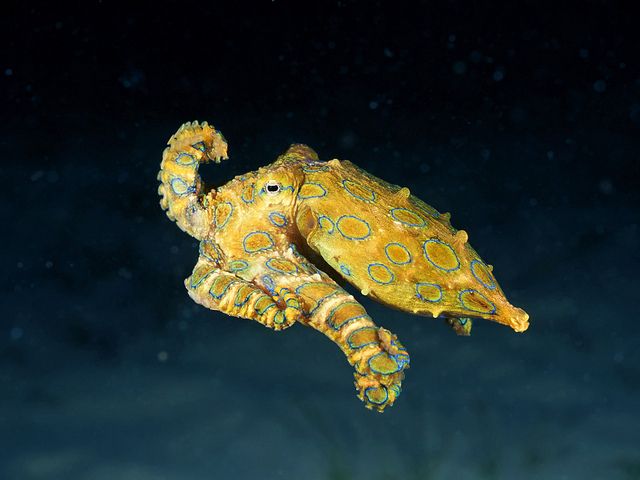The world is full of life from cute pets to majestic beasts. But for many, when snakes, spiders, or other creepy critters go scampering by, panic ensues. After all, some of these creatures are venomous predators whose bites and stings can be very dangerous to humans. But how can you know which animals are cause for alarm, and which ones are as scared of you as you are of them?
At times like these, our Internet enabled smartphones can be a great resource. Whether you're out on a weekend camping trip, taking a day hike, or just saw something suspicious in your own backyard, you can find out more about hazardous flora and fauna with a quick search. If you got a good look at the creature or plant in question, take your description to one of these sites to find out what it is.
Disclaimer:
If a person or pet has been bitten, stung, or has ingested a potentially poisonous plant, make sure you follow up with the appropriate medical professional. While it's quite possible for you to accurately identify a creature or plant with the resources below, there's no substitute for the discerning eye of an experienced doctor or veterinarian when someone's safety is on the line.
Snakes, Frogs, & Toads
The IDnature Snake Guide and Frog & Toad Guide are fast, intuitive ways to narrow down which creature you might have seen from a wide variety of species. Just check off as many features as you can remember, and let the tool filter the list of common possibilities down to a handful that match your description. Once you find a match, you'll be taken to an entry with extensive information, from distinctive behaviors to common habitats and more.
The two tools above focus on North American species, but Discoverlife.org has many more identification guides, some of which focus on other parts of the world.
Insects & Spiders
Insect Identification cuts to the chase with it's large, organized list of categories right on the front page. Click one, and you'll be taken to an alphabetized list of qualifying creatures, each with a nice closeup picture. One of the best parts about this resource is that the full descriptions for specific species are in refreshingly accessible English. You won't need to open another tab just to hunt down definitions of obscure biology jargon just to understand what you're reading.
Insect Identification does present itself primarily as a North American reference. For other regions you may need to find an appropriate site through a research portal like Insectclopedia.
Marine Life
Protecting yourself from aquatic hazards is made more complex by the fact that unless you're diving or snorkeling, you may be unable to see beneath the waves to spot dangers that are very nearby until it's too late. There wasn't a definitive identification guide (at least as far as I could find in my search. Share one in the comments if you know of one!), likely owing to the fact that dangerous marine life includes a variety of distinct creatures, from mobile ones like octopi, jellyfish, and stingrays, to more stationary hazards like urchins and coral.
National Geographic does have a number of impressive photos in their Toxic & Stinging Sea Creatures spread though, and each image comes with short description. Healthline.com offers some basic first aid advice for marine bites and stings that you can follow while you await more advanced medical attention.
Plants
A plant may not be able to leap at you, but many do have contact irritants that can make you miserable, and curious children and pets sometimes try to consume plants that can make them quite sick. The Landscaping Portal at About.com has a nice short list that includes pictures, and links to more detailed articles. For some concise first aid advice regarding poison ivy, poison oak, and poison sumac, WebMD can help you be a useful first responder.
Have an iOS device? Try identifying plants with Leafsnap!
Your Recommendations For The Outdoors?
With these sites at your fingertips, you'll have a valuable leg up in the great outdoors. Careful identification can help you prevent injuries from happening in the first place, and prompt first aid can help you improve survival odds for a friend or loved one. Stay safe out there! But don't be scared to explore the other beauties nature has to offer us.
Can you recommend more web resources for wildlife identification and safety? Make sure to share them in the comments!
Image Credits: Gopher Snake by Greg Schechter, BXP48010 by Angell Williams





